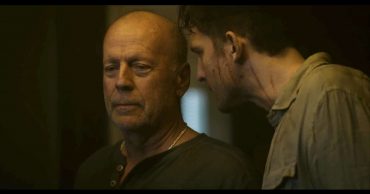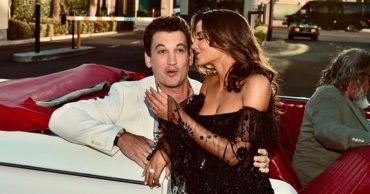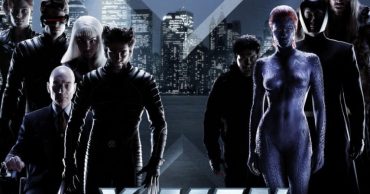The Shining, a classic horror movie from Stanley Kubrick, remains an influential masterpiece that has withstood the test of time. The film centers around the Torrance family as they embark on a winter caretaker job at the isolated Overlook Hotel. Jack Nicholson delivers a powerful and terrifying performance as Jack Torrance, a struggling writer who gradually descends into madness. This role is often regarded as his most renowned, solidifying his status as one of the greatest actors of his generation.
Kubrick’s masterful direction and unique vision enhance the chilling atmosphere of the film, creating an unforgettable cinematic experience. The plot delves into themes of isolation, psychological torment, and the supernatural, further cementing Kubrick’s legacy as one of the finest visionary filmmakers in history. The movie’s iconic line, “Here’s Johnny,” uttered by Nicholson in a chilling moment, has become synonymous with mainstream horror and has transcended into a pop culture phenomenon. Decades later, The Shining continues to captivate audiences, its impact remaining as strong as ever. With that said, let’s take a look into the true story behind this iconic movie.
The Origins of the Original Book by Stephen King
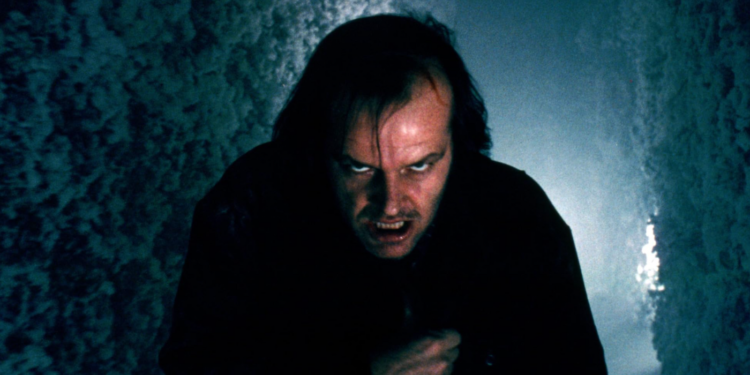
Stephen King, born on September 21, 1947, in Portland, Maine, is an iconic American author renowned for his contributions to the horror and suspense genres. With a career spanning over four decades, King has established himself as one of the most prolific and successful writers of all time. His ability to captivate audiences with his imaginative storytelling, rich character development, and spine-chilling plots has earned him a dedicated global following. Not only does King churn out novels on a yearly basis, but according to Medium, he also strives to read an impressive 70-80 books each year.
What’s more, King holds the distinction of being the author with the third highest number of books adapted to TV and film, trailing only behind William Shakespeare and Agatha Christie. Out of King’s eclectic portfolio, The Shining is possibly his most revered book. King’s novel from 1977, is a masterpiece of psychological horror that delves into the depths of human fear and the unraveling of sanity. While the novel itself remains a chilling and widely revered piece of literature, it has somewhat been overshadowed by Stanley Kubrick’s iconic film adaptation released in 1980.
Stephen King Hated the Movie Version of The Shining
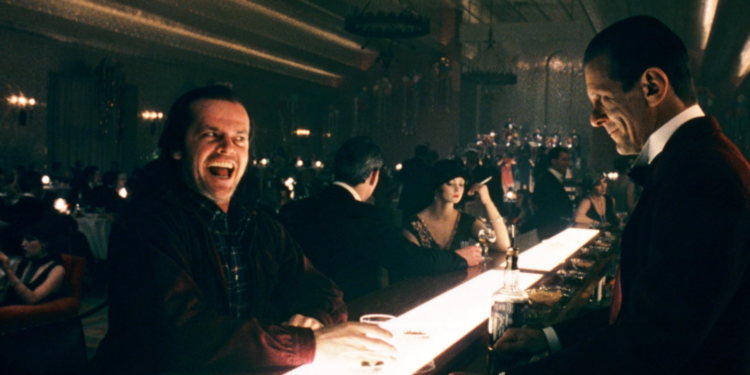
Stephen King has been widely known for his strong aversion towards Stanley Kubrick’s adaptation of his iconic novel, The Shining. King’s disdain stems from his belief that Kubrick failed to adequately honor the essence and plot of the book. The author’s original story primarily revolves around the supernatural elements, presenting it as a haunting ghost tale. However, Kubrick’s interpretation accentuates the psychological deterioration of protagonist Jack Torrance, diverging from King’s intended focus. Although The Shining has achieved cult status and is celebrated by audiences, King remains steadfast in expressing his enduring contempt for the film.
When speaking with Deadline in 2017, King had this to say. “I think ‘The Shining’ is a beautiful film and it looks terrific and as I’ve said before, it’s like a big, beautiful Cadillac with no engine inside it. In that sense, when it opened, a lot of the reviews weren’t very favorable and I was one of those reviewers. I kept my mouth shut at the time, but I didn’t care for it much.”
The Actors Who Nearly Starred as Jack Torrance
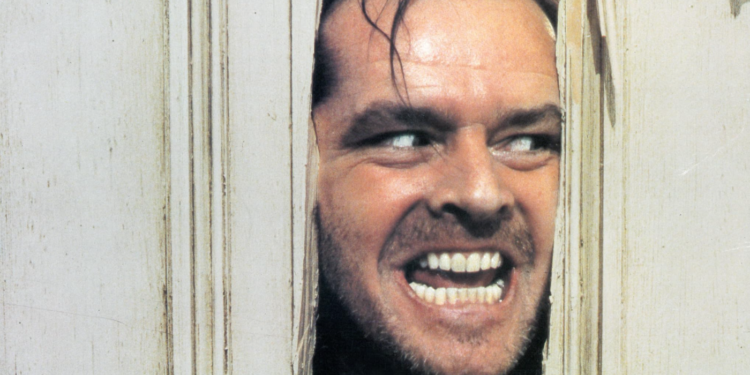
Thanks to his immersive performance, it is hard to imagine anyone but Jack Nicholson as Jack Torrance. He truly made the role his own, delivering a haunting performance that perfectly encapsulates a man slowly going insane. Nicholson commanded the screen with captivating menace, eccentric mannerisms and even brief moments of comedic flair. However, before he was cast, there were many other actors in contention. During pre-production, actors like Robert De Niro, Robin Williams, and Harrison Ford were approached to star as Jack Torrance.
Shelley Duvall’s Disturbing Experience Filming The Shining
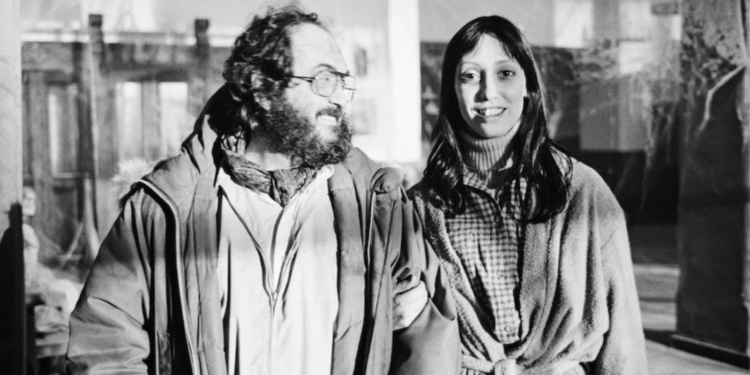
For many decades, there has been extensive speculation surrounding the experiences of Shelley Duvall while filming The Shining. Numerous individuals have contended that Duvall was pushed to her limits on set, resulting in the genuine fear captured in her performance. Duvall herself has opened up about the grueling process, asserting that director Stanley Kubrick was unnecessarily harsh and exhibited cruel and abusive behavior throughout the shooting schedule. However, it is worth noting that Kubrick’s intentions were rooted in his pursuit of extracting method acting from Duvall.
According to Far Out Magazine, even Kubrick’s daughter, Vivian Kubrick. has acknowledged her father’s brutal approach, mentioning how he commanded the crew to refrain from showing any sympathetic gestures towards Duvall and instructed them to completely ignore her. This contentious behind-the-scenes dynamic has fueled lasting discussions about the extent of an actor’s emotional well-being and the ethical boundaries of achieving cinematic excellence.
The Story Behind the Terrifying Axe Scene in The Shining
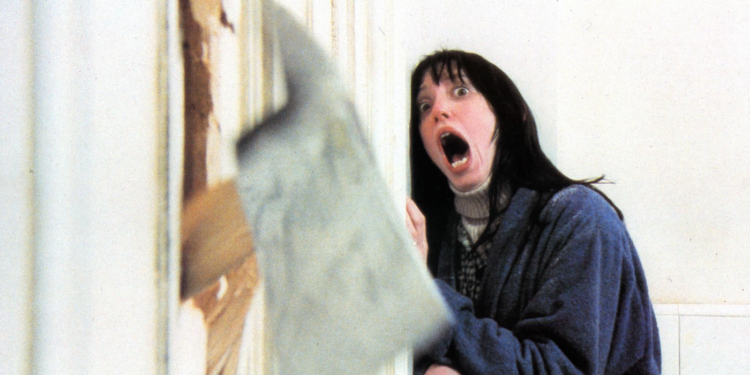
The infamous axe scene in Stanley Kubrick’s The Shining is undoubtedly one of the most terrifying moments in cinema history. Behind this chilling sequence lies a plethora of intriguing trivia that further adds to its mystique. It’s fascinating to note that the scene actually holds a Guinness World Record, having taken an astounding 127 takes to achieve perfection. This dedication to capturing the essence of terror is a testament to Kubrick’s meticulous approach to filmmaking. Additionally, the now iconic line “Here’s Johnny,” delivered with bone-chilling intensity by Jack Nicholson, was not originally scripted. It was completely improvised by Nicholson, showcasing his exceptional acting prowess and contributing to the scene’s lasting impact on audiences worldwide. Furthermore, the scene differs from the book, as in the book, Torrance was wielding a roque mallet, not an axe.
 Follow Us
Follow Us
